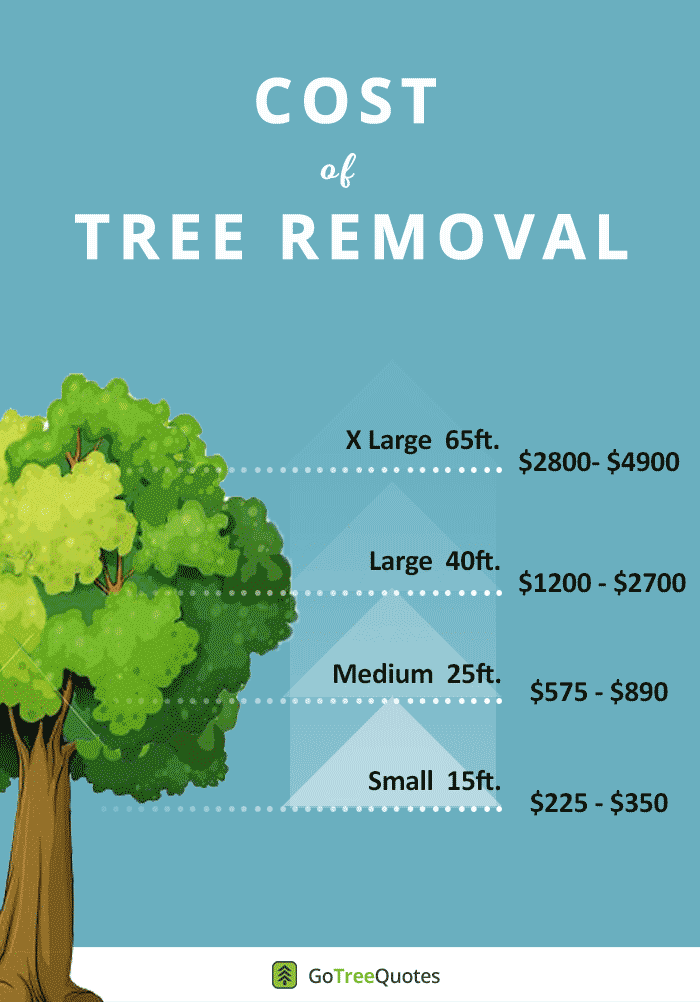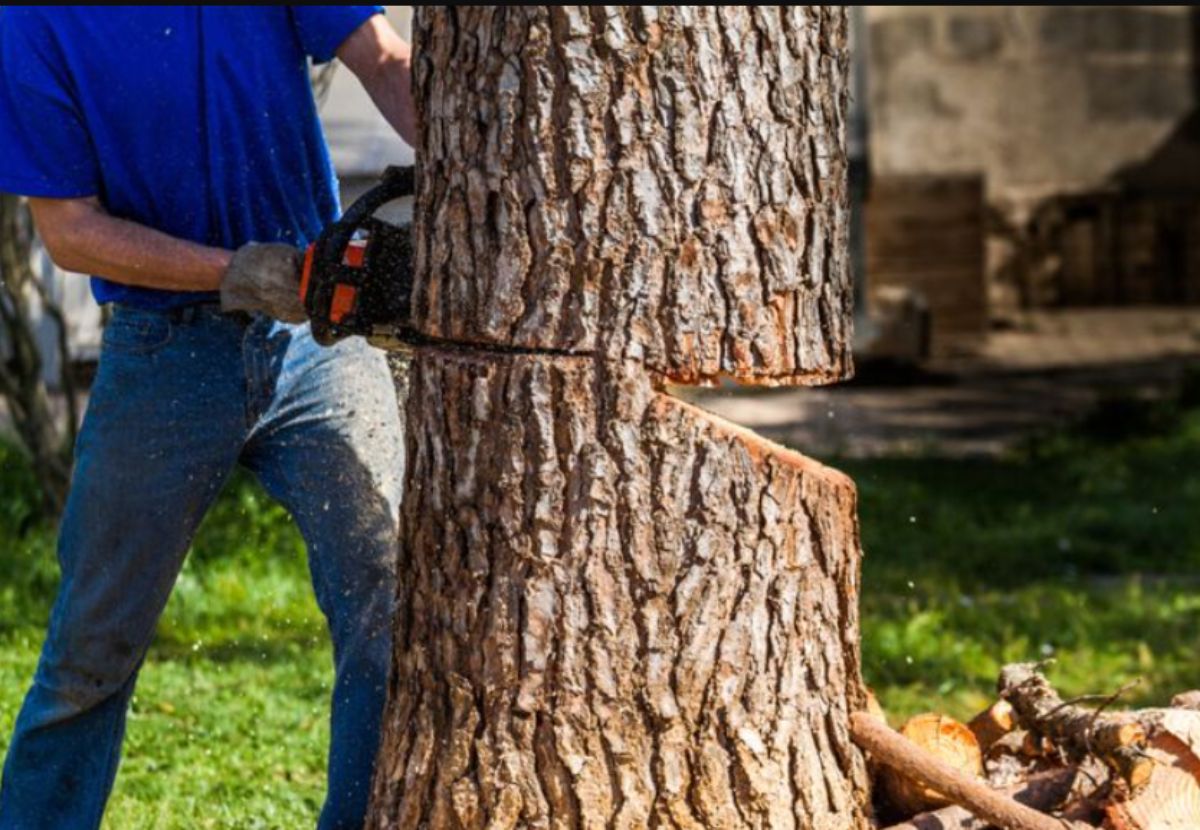Featured
Table of Contents
- – Why Are New Port Richey East, FL Tree Removal ...
- – New Port Richey East, FL Stump Grinding Cost B...
- – Latest Arborist Pricing In New Port Richey Ea...
- – What Determines Stump Removal Pricing In New ...
- – Request Stump Removal Estimates In New Port R...
- – New Port Richey East, FL Stump Removal Cost G...
- – New Port Richey East, FL Stump Grinding Cost ...
- – New Port Richey East, FL Tree Trimming: Wort...
- – Annual Tree Service Costs In New Port Richey...
- – Quick Stump Grinding Service Costs In New Po...
- – Affordable Arborist In New Port Richey East,...
- – Quality Arborist At Fair Prices In New Port ...
- – How Much Will A Tree Removal Cost Me In New ...
- – Factors That Impact Tree Removal Costs In Ne...
- – Is A Stump Removal Worth The Cost In New Por...

The subsections listed below supply more comprehensive info about rates, including an average range for each. TypeAverage Elimination CostPineConiferPalmMagnoliaArborvitaeAshCedarSweet GumEucalyptusSycamoreCypressOakMaplePoplar You can expect to pay in between to eliminate a pine, depending upon its size. Eliminating a pine is among the more economical tasks unless it is one that has been around for many years and is quite large.
Why Are New Port Richey East, FL Tree Removal Affordable?
Pines also have a tap root that grows deep into the soil, which can prove to be harder to remove. The procedure itself involves a professional cutting the tree, clearing the base, cutting the surface roots, getting rid of the stump, and lastly treating the soil. Without a professional hand, you run the risk of leaving pine seedlings behind, which will fall from the roots of distressed pines.
New Port Richey East, FL Stump Grinding Cost Breakdown
The U.S. national average for conifer elimination is roughly to have the conifer reduced, carried away, and the stump ground or eliminated completely. Conifers are generally easier to remove, and despite the fact that they can grow rather high, they do not cost a fortune to remove. Conifers include pine, spruce, fir, and juniper trees.
Latest Arborist Pricing In New Port Richey East, FL
While conifers are stunning, they eliminate native plants and certain types of turf (tree clearing). The typical price of palm elimination depends on the height as much as the type, ranging from.
What Determines Stump Removal Pricing In New Port Richey East, FL
That is why it is essential to understand which type you are getting rid of. While you do not require an herbicide to kill a palm tree, there are some actions your removal expert will have to require to guarantee the task is done properly. There are two methods they can get rid of them: by slicing them down or digging them up.
Request Stump Removal Estimates In New Port Richey East, FL
From there, they get rid of the actual tree and then the stump. Anticipate to pay between to eliminate this type of tree, depending on the exact size and information of the job.
New Port Richey East, FL Stump Removal Cost Guide For Homeowners
There are three types: green, white, and black ash. With its gray-tinged bark, its leaves are green or purple in the spring and golden yellow or purplish-red in the fall.
New Port Richey East, FL Stump Grinding Cost Guide: What You Need To Know

Due to the variation in height, the removal rate variation is large from. A coniferous, evergreen tree, the cedar is a sturdy types.
New Port Richey East, FL Tree Trimming: Worth The Cost
The development of incorrect cedars differs from 50 feet up to 230 feet high. Homeowners may pay anywhere from, depending upon the roots. With star-shaped leaves and spectacular fall colors, the sweet gum is thought about a medium to big tree. Taking pleasure in complete sun, the sweet gum can not endure pollution.
Annual Tree Service Costs In New Port Richey East, FL
It has a big root base of 40 to 50 feet, which impacts the removal expense. Usually, it costs between to eliminate a eucalyptus. Eucalyptus are not typical all over, however they are quite big compared to others, which is why even the smaller ones are so pricey to remove. Originally from Australia, eucalyptus are invasive plants that grow in thick groves that take out native plants.
Quick Stump Grinding Service Costs In New Port Richey East, FL
There are a handful of ways to do this, consisting of burning, pulling, grinding, or killing them with herbicide. Expect to pay between to get rid of sycamores, based upon the height, trunk size, and amount of work included. Sycamores are one of the largest hardwood trees, generally ranging from 60 to 100 feet tall and as broad as 15 feet.
Affordable Arborist In New Port Richey East, FL
The very first 2 steps will expose the withins of the tree and cut off the flow of nutrients up the trunk. From there, an expert uses herbicide to kill the tree and cuts down the trunk.
Quality Arborist At Fair Prices In New Port Richey East, FL
There are many different kinds of Cypress trees, however the most widespread are the Leyland, Arizona, Bald, and Italian. The Bald Cypress grows in swampy or extremely moist locations while the others delight in a dry, warm, or hot environment (tree trimming). They can grow as high as 80 to 100 feet tall
How Much Will A Tree Removal Cost Me In New Port Richey East, FL?

Prone to diseases, the Cypress is one of the most treasured woods for furniture. The typical oak grows to around 60 feet, and depending on the complexity of the removal, it costs approximately to get rid of. The precise size of your oak and the effort needed to fell it impact what you will actually spend for elimination along with any extra services like stump grinding.
Factors That Impact Tree Removal Costs In New Port Richey East, FL
Access to the trees and the roots will likewise affect the general cost. Maples can easily mature to 100 feet or more and typically expense between to eliminate from your property. The last price depends upon the real height and complexity of the job. Maples are typically among the more costly trees to remove because of their size and the work involved in the removal.
Is A Stump Removal Worth The Cost In New Port Richey East, FL
Growing as high as 90 to 115 feet, these huge woods are primarily found in North America and include the aspen, cottonwood, and balsam trees. The process to eliminate trees involves all the cutting and cutting of the branches and trunk, bringing it down to a stump.
Table of Contents
- – Why Are New Port Richey East, FL Tree Removal ...
- – New Port Richey East, FL Stump Grinding Cost B...
- – Latest Arborist Pricing In New Port Richey Ea...
- – What Determines Stump Removal Pricing In New ...
- – Request Stump Removal Estimates In New Port R...
- – New Port Richey East, FL Stump Removal Cost G...
- – New Port Richey East, FL Stump Grinding Cost ...
- – New Port Richey East, FL Tree Trimming: Wort...
- – Annual Tree Service Costs In New Port Richey...
- – Quick Stump Grinding Service Costs In New Po...
- – Affordable Arborist In New Port Richey East,...
- – Quality Arborist At Fair Prices In New Port ...
- – How Much Will A Tree Removal Cost Me In New ...
- – Factors That Impact Tree Removal Costs In Ne...
- – Is A Stump Removal Worth The Cost In New Por...
Latest Posts
Kingston, PA Arborist Reviews: Are They Worth It
Premium Stump Grinding Prices In White Horse, NJ
Holt, MI Tree Removal Warranties: What's Covered
More
Latest Posts
Kingston, PA Arborist Reviews: Are They Worth It
Premium Stump Grinding Prices In White Horse, NJ
Holt, MI Tree Removal Warranties: What's Covered